How SekiApp’s New Crypto Listings Can Boost Your Portfolio: Polkadot and Toncoin Explained
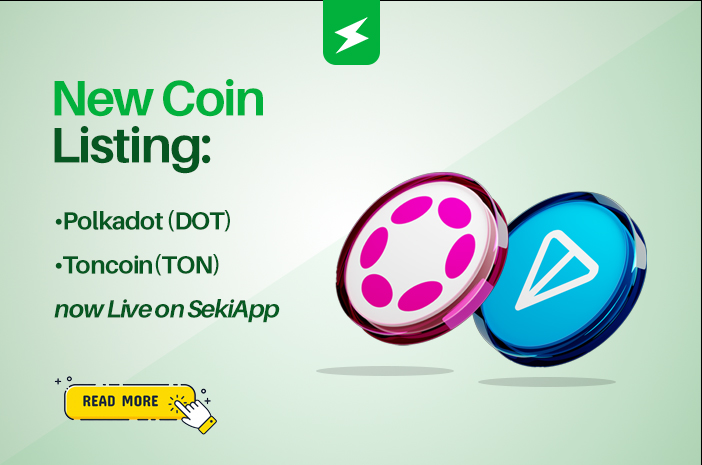
Imagine a world where transactions are not just fast but incredibly efficient. That’s precisely what Toncoin (TON) and Polkadot (DOT) bring to the table, and now, they’re at your fingertips on SekiApp, a leading Nigerian crypto exchange. These two projects are making waves in the crypto sphere, bringing innovation and versatility to the table. These additions reflect SekiApp’s vision of providing a diverse and dynamic platform for users at every level of crypto expertise. In this article, we’ll explain what they are, how they work, and why you should consider trading them.
Understanding Toncoin (TON)
Toncoin (TON) is a decentralized layer-1 blockchain developed in 2018 by the encrypted messaging platform Telegram. The project was then abandoned, taken over by the TON Foundation, and renamed from “Telegram Open Network” to “The Open Network”. Since 2020, the technology has been developing thanks to a non-commercial group of supporters and an independent community of enthusiasts who called themselves the TON Foundation.
Uses of Toncoin
Toncoin serves various purposes, such as:
Facilitating transactions: Toncoin is used as a native currency to pay for gas fees on the TON network and its sidechains. Gas fees are much lower on TON than on Ethereum, due to its higher throughput and efficiency.
Participating in governance: Toncoin holders can participate in the governance of the TON network and its protocols by voting on proposals and delegating their tokens to validators.
Contributing to the growth of its ecosystem: Toncoin is used as a staking token to secure the TON Proof-of-Stake (PoS) chain, which acts as a checkpoint layer for the TON ecosystem. Validators and delegators stake Toncoin to validate transactions and earn rewards.
Consensus Mechanism
Toncoin utilizes the proof-of-stake (PoS) consensus model for network scalability and reliability. According to the project website, the platform provides its customers with fast, transparent and secure payment services, facilitating transactions with minimal fees and third-party applications. The developers’ mission is to build a full-fledged ecosystem with decentralized storage, decentralized services, a domain name system (DNS equivalent), an anonymous network, an instant payment platform, and affordable/fast transaction processing.
The TON PoS chain is the main chain that coordinates and secures the TON network. It uses a variant of the Tendermint consensus algorithm, which allows for fast finality and high scalability. The TON PoS chain is secured by a set of validators, who stake Toncoin tokens and run nodes to validate transactions and produce blocks. Validators are elected by Toncoin holders, who can also delegate their tokens to validators and earn a share of the rewards.
The TON PoS chain also acts as a checkpoint layer for the TON sidechains, which are independent blockchains that run on top of the TON network. Each sidechain can use its own consensus mechanism, such as PoW, PoS, or any other algorithm, depending on its needs and preferences. The TON PoS chain periodically commits the state of the sidechains to the Ethereum mainnet, which serves as a final arbitrator and a source of security for the TON network.
Wallet Networks Available on SekiApp
SekiApp users can now access and trade Toncoin on their dashboards, which supports two wallet networks and protocols at the moment. Users can choose from the following Toncoin wallet network options:
ERC20: This option allows users to bridge their ERC20 tokens from Ethereum to TON, and vice versa, using the TON Bridge. The TON Bridge is a secure and user-friendly way to transfer assets between the two networks, without paying high gas fees or waiting for long confirmation times.
Bep20: This option allows users to bridge their Bep20 tokens from Binance Smart Chain to TON, and vice versa, using the TON Bridge. The TON Bridge is a secure and user-friendly way to transfer assets between the two networks, without paying high gas fees or waiting for long confirmation times.
Understanding Polkadot (DOT)
Polkadot (DOT) is a platform that enables cross-blockchain transfers of any type of data or asset, not just tokens. It connects and secures a network of specialized blockchains, called parachains, that can be optimized for specific use cases.
Uses of Polkadot
Polkadot focuses on interoperability, allowing different blockchains to communicate and share data seamlessly. Some of the use cases of Polkadot are:
Cross-chain composability: Polkadot enables the creation of complex applications that can leverage the features and functionalities of multiple parachains, such as DeFi, NFTs, gaming, identity, and more.
Customizability: Polkadot allows developers to create their own parachains with their own rules, logic, and governance, without compromising on security or scalability.
Innovation: Polkadot fosters a culture of experimentation and innovation, by providing a platform for launching new and cutting-edge projects, such as Web3, DAOs, social networks, and more.
Consensus Mechanism
Polkadot uses a hybrid consensus mechanism that combines Proof-of-Stake (PoS) and Proof-of-Work (PoW). The Polkadot PoS chain is the main chain that coordinates and secures the Polkadot network. It uses a variant of the Nominated Proof-of-Stake (NPoS) algorithm, which ensures security, efficiency, and decentralization. The Polkadot PoS chain is secured by a set of validators, who stake DOT tokens and run nodes to validate transactions and produce blocks. Validators are elected by DOT holders, who can also nominate their tokens to validators and earn a share of the rewards.
The Polkadot PoS chain also acts as a checkpoint layer for the Polkadot parachains, which are independent blockchains that run on top of the Polkadot network. Each parachain can use its own consensus mechanism, such as PoW, PoS, or any other algorithm, depending on its needs and preferences. The Polkadot PoS chain periodically commits the state of the parachains to the Polkadot Relay Chain, which serves as a final arbitrator and a source of security for the Polkadot network.
Wallet Network Available on SekiApp
SekiApp users can now access and trade Polkadot on their dashboards, which supports the Bep20 wallet network and protocol.
Bep20: This network allows users to bridge their Bep20 tokens from Binance Smart Chain to Polkadot, and vice versa, using the Polkadot Bridge. The Polkadot Bridge is a secure and user-friendly way to transfer assets between the two networks, without paying high gas fees or waiting for long confirmation times.
Conclusion
As SekiApp continues to grow its crypto garage, the addition of Toncoin (TON) and Polkadot (DOT) underscores its commitment to innovation and user-centric experiences. Whether you are a seasoned trader or exploring the crypto space for the first time, these new listings open doors to exciting possibilities. Start by registering on SekiApp via www.sekiapp.com/register now!

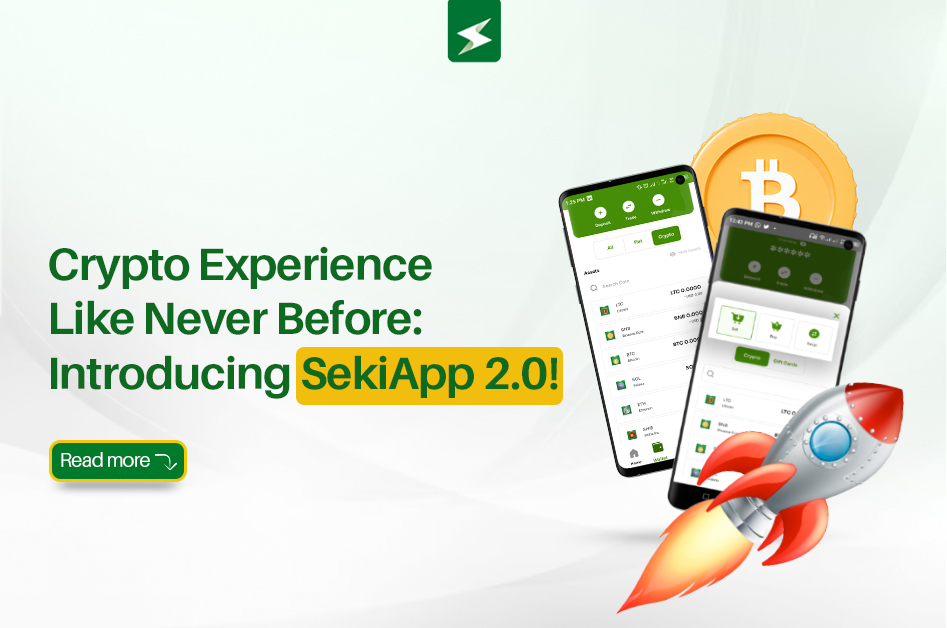
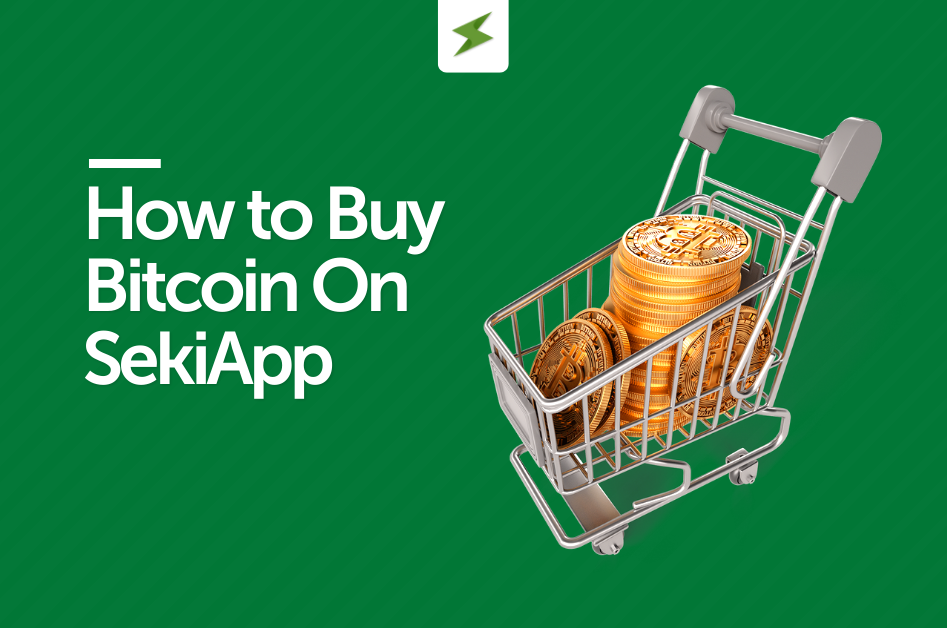
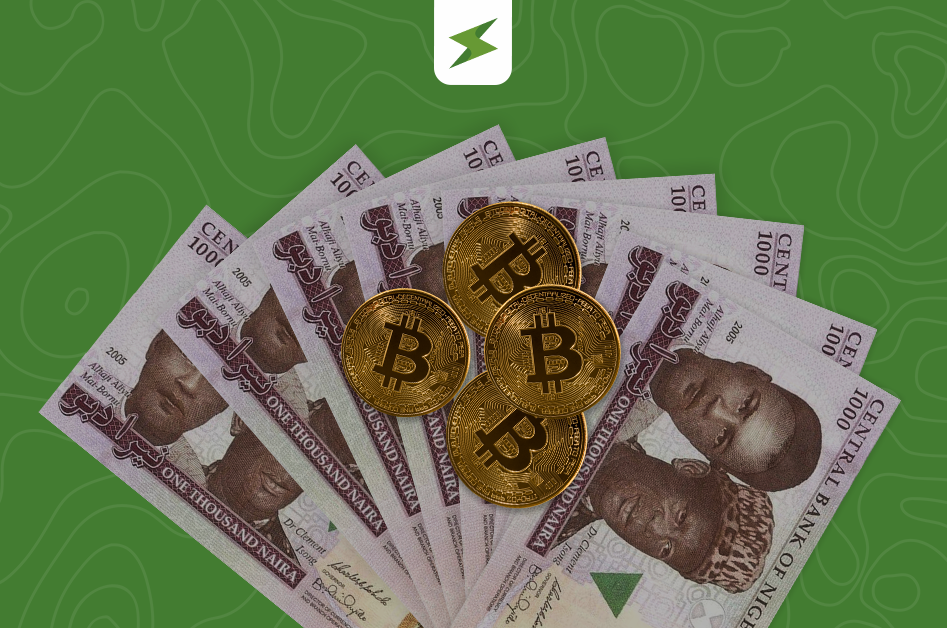

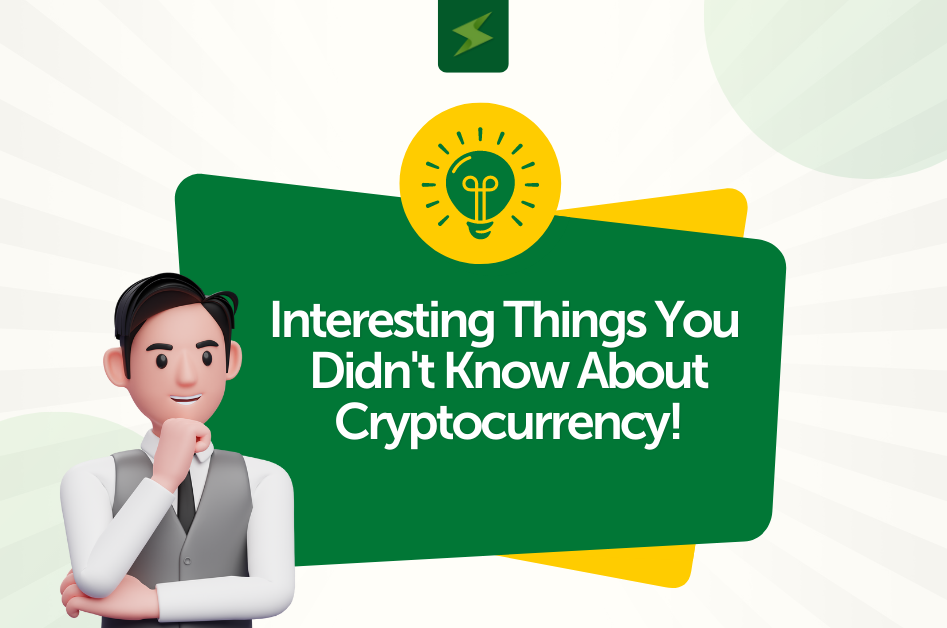
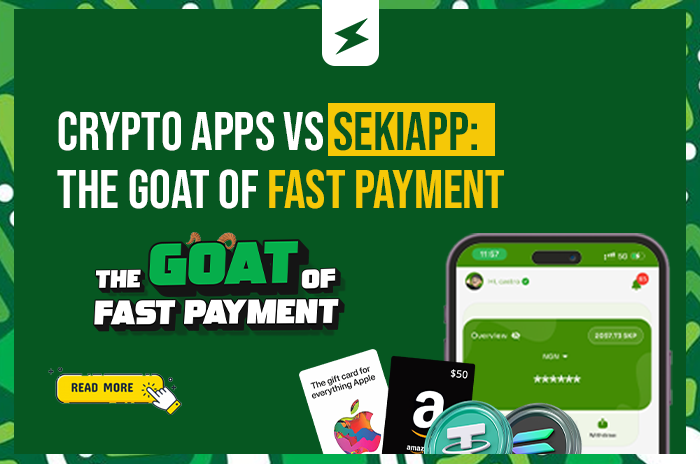
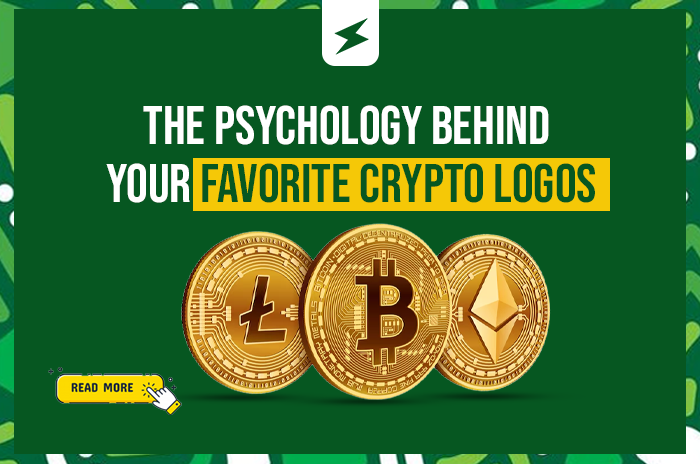



One Comment
This blog is like a virtual mentor, guiding me towards personal and professional growth Thank you for being a source of inspiration
Comments are closed.